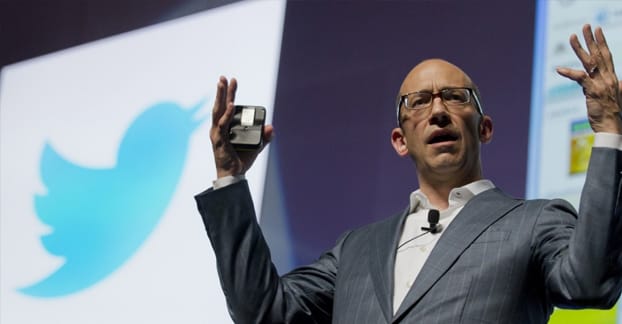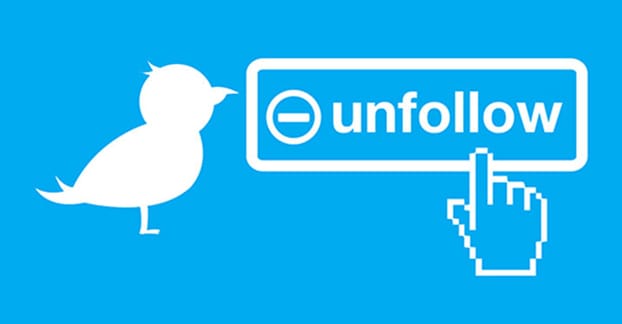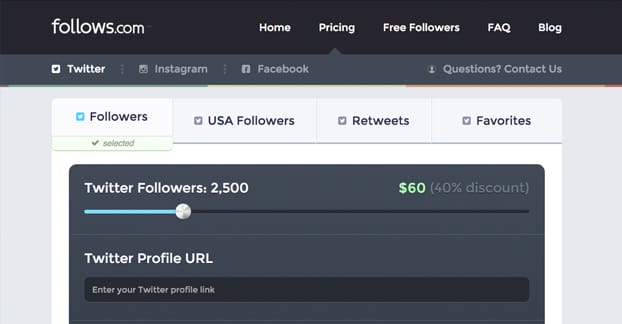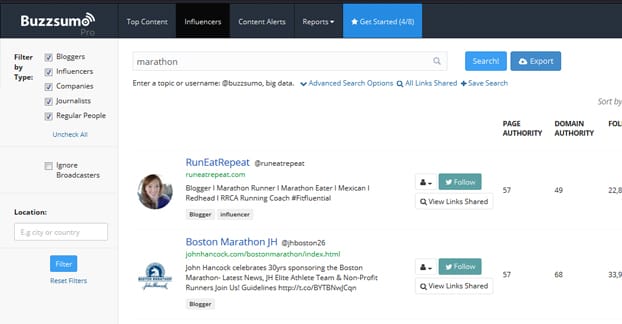Have you heard about the hats? When talking about software, web marketing, advertising and other forms of digital communications, colored hats often come up in conversation. The three we’re concerned about are Whitehat, Greyhat, and Blackhat.
The color of the hat – the hat is metaphorical here – is roughly analogous to morality. White hat techniques, white hat SEO, white hat advertising; it’s all using legitimate, moral, clear techniques. For example, writing great content that gets ranked on Google is a white hat technique. So is using paid advertising, like Facebook or AdWords.
Black hat is the opposite end of the spectrum. Black hat techniques are the immoral, the “evil” and the potentially malicious. They are the link pyramids, the spam messages, and the keyword stuffing. These are all things that the authorities – generally Google – decides run counter to the concept of an organic, valid, and valuable internet. If it artificially inflates the presumed value of your site without actually increasing that value, it’s generally a black hat technique.
Gray hat techniques fall somewhere in the middle. These are the strategies that are perhaps a little amoral, that might exploit loopholes, but are not actively malicious. They’re skirting the line. One day the authority in charge might decide it’s a black hat technique and start penalizing you for it, but up until that day, it’s valid, if maybe a little shady.
The reality is that most techniques can fall almost anywhere on the spectrum. Black hat techniques, when used in moderation and when used carefully, can be gray or even white. White hat techniques, when used in bulk or automated, can often be considered on the low end of gray. A lot depends on perspective or the tools you use to perform the tasks. Many black hat techniques are simply white hat actions performed in bulk by a bot.
Oh, and if anyone mentions red hat, pay them no mind. That’s a type of operating system, not a marketing technique. Try to avoid getting caught up by people attempting to coin new terminology.
Why the Hats?
So why do I bring up all of this about hats? Well, take what you know and put it in context of the title. What hat might you consider “legal tricks” that are exploited? They tend to fall firmly in the middle of gray. They might be trending towards black, but when used carefully, they aren’t considered a malicious exploit and are perfectly safe to use. It’s all about your intent, your moderation, and your ability to know where to draw the line. Or, of course, your willingness to pass that line and risk the consequences.
I’ll warn you right up front; some of these techniques, when automated or performed in bulk, can put your Twitter account at risk. Always use careful consideration before you apply them on a broad scale, and make sure you’re aware of the risks. I’ll try to reiterate this at each point, to tell you the specific pitfalls to avoid.
1. Aggressively Churning Follows
The churn method is one of the more prominent gray had techniques that takes advantage of people who blindly follow back anyone who follows them. As such, the technique has been less and less valuable over the last few years, simply because the follow back etiquette has declined.
The process works like this:
- Identify a target group of potential followers. This could be a list of followers on an influencer’s account, a list of people who participate in a hashtag conversation, or even just a list of people who liked a certain tweet. The point is, there are as many as possible and they’re as relevant to your business as possible.
- Start following those people. Twitter doesn’t like it when you follow too many people in too short a time, so they flag you if you follow over 100 people in a day. I recommend staying closer to 75.
- Monitor the people you followed to see who follows you back. This is where you have a choice to make. You can decide to keep following the people who followed you and unfollow the rest, or you can unfollow everyone so you have a better ratio of follows to followers. It’s up to you how much an uncluttered feed matters versus how much the ratio matters.
- Implement your unfollow strategy. Dump the people who didn’t follow you back – assuming they aren’t actually influencers – and repeat the process. Be aware that Facebook has a follow cap of 5,000 per X number of followers you have, so try not to cap out your follows.
This follower churn will quickly help you grow, though, again, it isn’t as good as it used to be.
There’s another way you can aggressively unfollow people, and that’s just by checking up on the metrics about their engagement. If you follow someone and they haven’t engaged with a tweet you’ve made in months, drop them. If you follow someone and they don’t tweet anything relevant, drop them. If you follow someone and they aren’t somehow improving your Twitter experience, drop them.
Judicious use of unfollowing people will help you keep your feed primed and valuable, but if you do too much churn, Twitter might decide you’re trying to game their system and will reprimand or ban your account. As always, exercise caution.
2. Purchasing Followers
When you run a Twitter ad with the objective of getting people to follow your account, you’re converting money into followers. That’s buying followers. I just wanted to get that out of the way before anyone got uppity about it being a spam technique.
Here’s the thing; there are essentially three sources of followers. There are the first party followers, which you get from native Twitter ads paid for through their system. There are third party followers, which you get from running ads on other sites and buying them directly from sellers who run those ads for you. Then there are the low quality third party followers, which come from shady Fiverr sellers or software generation methods.
The third one is black hat, because the followers you get are fake and aren’t doing anything for you. They’re egg profiles more often than not, and they get banned or removed before too long.
The other two are perfectly legitimate. Twitter frowns upon buying followers through third parties, but it’s not because it’s gaming the system or because it’s hurting your profile in a way you don’t grasp. No, it’s just because every follower you buy through a non-Twitter ad is a bit of ad revenue Twitter lost.
The trick to buying followers is to make sure they’re organically coming in.
You don’t want 10,000 people to suddenly like you all in one day, when you usually grew by 10-15 followers per week. It’s unusual and draws the attention of Twitter, who will get rid of you out of spite. No, you need to start off gradually, buy a few here and there, and work up to more growth.
3. Poaching a Competitor’s Audience
This one isn’t really a black hat technique in and of itself, but it depends on how you make use of other tricks to put it into practice.
For as long as business has existed – thousands and thousands of years – there has been competition. For as long as advertising has existed, there have been businesses advertising trying to steal the business of their competition. There was a time in American history where businesses could just insult and demean the competition to make themselves look better. Laws and regulations on advertising have trended away from that, but it existed. It happened.
You’re just partaking in the modern version of that. All you’re doing is figuring out who follows your competitors and trying to get them to follow you. You don’t even need them to unfollow your competitor; you just need the follow for yourself.
On Facebook, this is easy. You can just use your competitor’s page as an interest for interest targeting, narrow things down with demographic targeting, and run ads that way. On Twitter, though, you have to be a little cleverer.
What you need to do is find the big name influencers in your niche. The next step involves this process as well, so I wrote more about it there. Once you have influencers on hand, study their content. Figure out when it’s posted, what kinds of content it is, and how people engage with it. Figure out which posts get the most engagement.
Look for gaps. In a Kissmetrics study example, they found a page that received a lot of engagement on a day they didn’t really post. That’s a chance for you to go in and supplant them. Post on that day, so the people who are out and actively engaged see your content first, and engage with you instead of your competition.
You can also identify the people who engage most with the brand, and look for ways where you can engage them. Look for flaws in marketing, look for hashtags they follow, find avenues to contact them. Be helpful when your competitor hasn’t had the chance to take that role.
You can also look for people who post about being dissatisfied with your competitors and use that as an opportunity to pitch yourself.
4. Targeting Influencers with Engagement
This technique is valid and valuable, but can border on spam if you’re excessive with it. The general idea is to aggressively target influencers with your engagement, to force relationships to happen even if they don’t particularly want them to. As long as you practice a little moderation and avoid pushing so hard you get blocked, you should be fine.
The first step to using this technique is to identify and follow the most important influencers in your niche. These are the people that run the high quality blogs and sites, or the people who are considered thought leaders and who always have valuable things to say on Twitter. You can find these people in a few ways, like using Topsy or BuzzSumo to see what content is trending and who is creating it. This guide has some more information.
Once you’ve identified the influencers you’re trying to target, you start a campaign of social annoyance. Ever heard of that trope where a teenager is hanging out with his friends, but his pre-teen little brother just wants to hang out too, to the annoyance of the big kids? That’s what you’re going for; the little brother position. The big kids are the influencers, and you’re looking to win your way into their circles through maturity and being cool enough to hang.
- Like and retweet most or all of the content the influencers share. This gets you noticed, and assuming you’re high quality, might get you some retweets as well.
- Reply and converse with the influencers you stalk. Don’t just post a “thanks for sharing!” message, that’s not a conversation started. Be insightful. Be interesting. Ask questions. Get the ball rolling on communication.
- Share fresh relevant content and @mention these influencers. Gain their attention through mentions, so you become another source of valuable content for these people.
I’ve seen this happen time and again in a different context. Remember web forums? Did you ever participate on one where there were mods, either official or unofficial? Very rarely were these mods actually appointed or hired by a business in charge. No, they were the sycophants who got in with the admins and got their promotions simply by being there all the time.
This is where the gray hat transition to black hat comes in. You’re essentially making a nuisance of yourself so much that the influencers are forced to notice you. If you’re not valuable or interesting enough to support that attention, you can be blocked or reported for spam. Back up your pestering with value, though, and suddenly attitudes shift for the better.
5. Using Automatic Engagement Bots
This option is surprisingly easy. There are dozens of applications out there that will perform the functionality for you, or you can just create your own. What functionality? Well, basically anything you could want.
One of the simplest possible bots is just a script that runs every few minutes, checking a Twitter search result. You can configure the search to follow a hashtag, the content posted by a given user, any tweets that include a specific keyword, or more. Twitter has a pretty big list of search operators, and anything you can search for and get a results page for is something this bot can follow.
In this case, a curator bot is probably the most legitimate and easiest to set up. Create a search that includes a keyword or hashtag you would like to have your bot follow. The key is to make sure it’s commonly used so that you’re making a curator bot, rather than just an inactive script. You know how one valid blogging strategy is to find good content from your industry around the web, then create roundup posts? This is the same basic idea.
What the bot will be doing is monitoring the search you created. When it sees a new tweet in the search results, it will like the tweet and retweet it. You can add filters to prevent loops, unnecessary retweets and low quality post retweets as well. For example, excluding the phrase RT will remove manual retweets, and filtering retweets themselves eliminates the possibility of a loop. Setting the minimum retweets or favorites to a number above 0 makes sure that your search only finds content with some existing engagement. With these filters, your search results are going to be high quality only.
The primary problems are two-fold using this strategy. For one thing, it’s a shallow engagement bot. It doesn’t do anything or interact with anyone beyond curating their content to its feed. Many users will frown upon that.
The other problem is that Twitter doesn’t like accounts that don’t tweet normally and just retweet content. You will need to log into the bot account occasionally and make organic tweets, or else risk having the account closed down.
On the plus side, you could potentially make this bot a valuable resource for other mid-tier bloggers in your industry. Rather than using it to boost engagement, promote it as a curated source of industry news.
Then again, why bother promoting a bot when you could become the curator yourself, with more opportunity for organic marketing and brand value, and less chance to be blocked? Just monitor the searches – or the feed of the bot – and curate content from it for your own personal feed.








